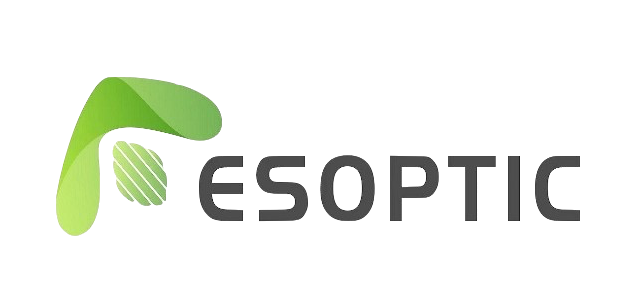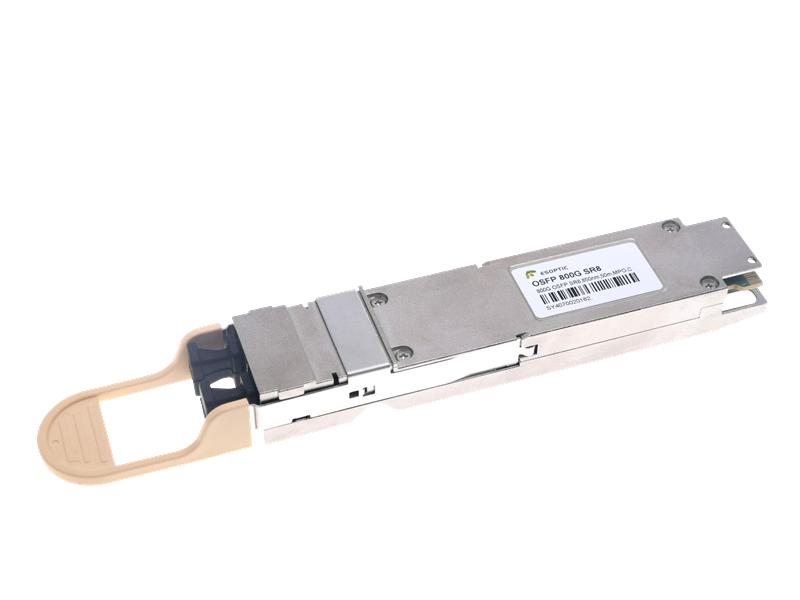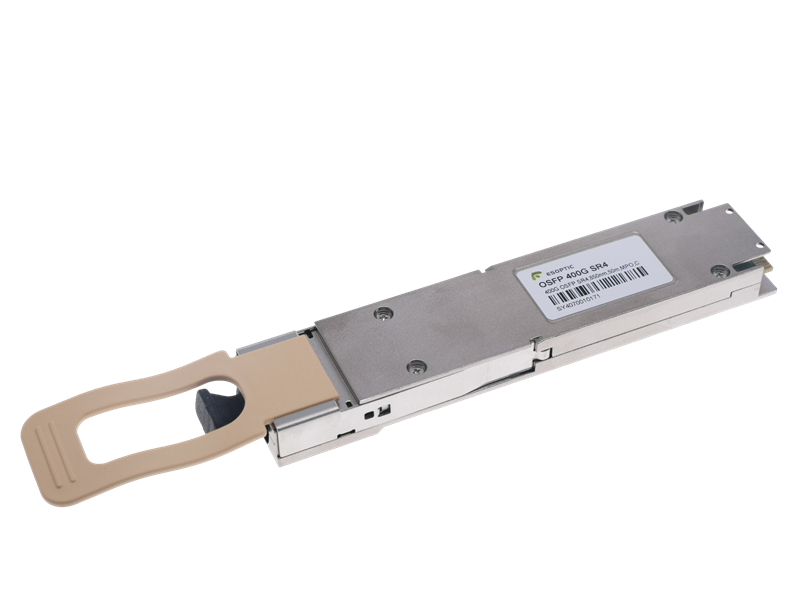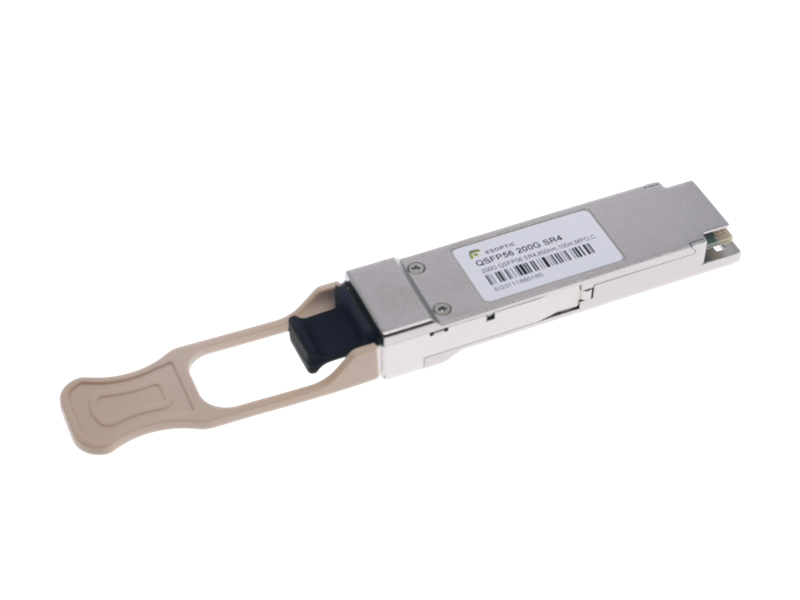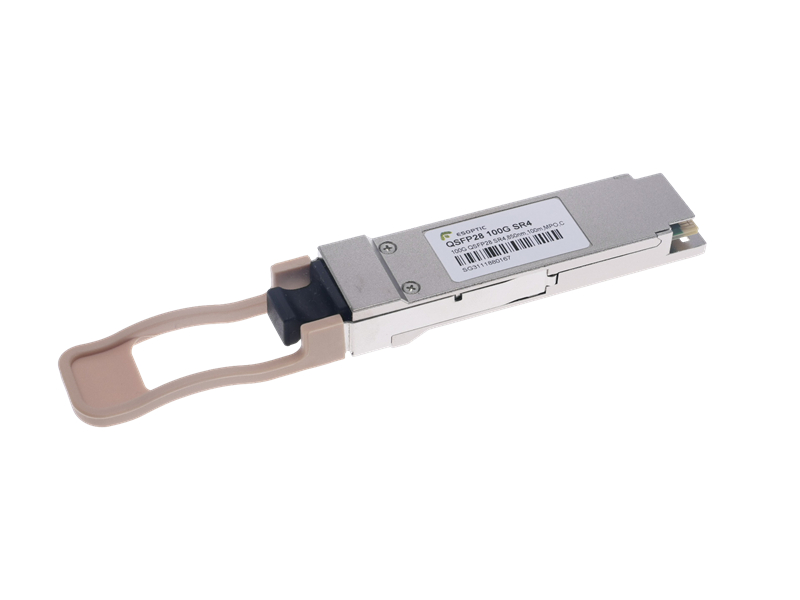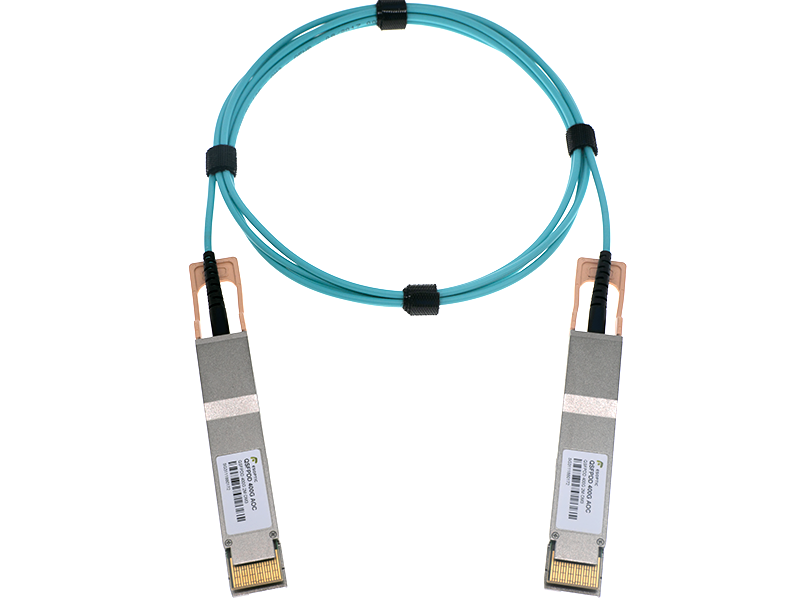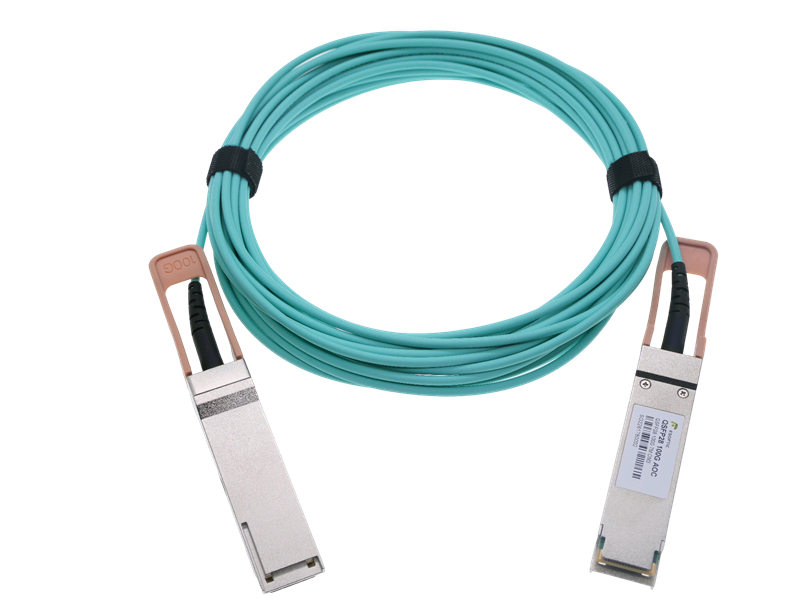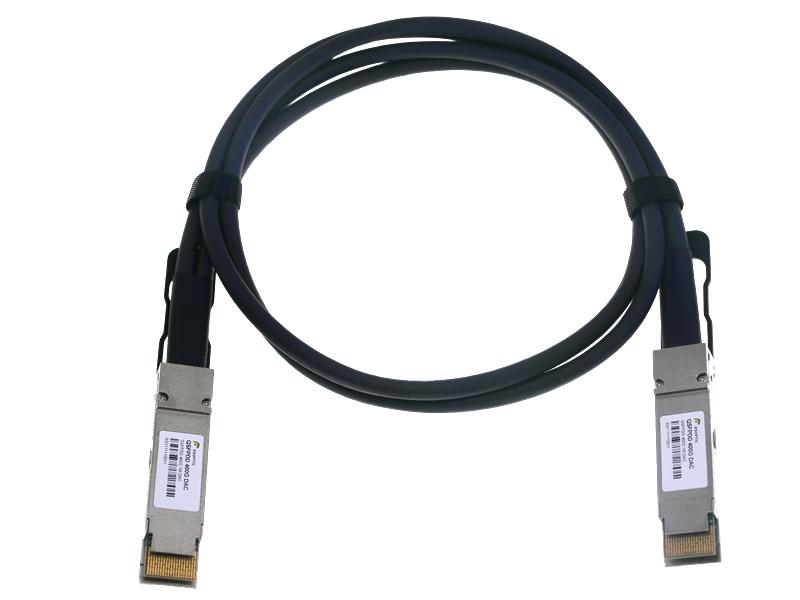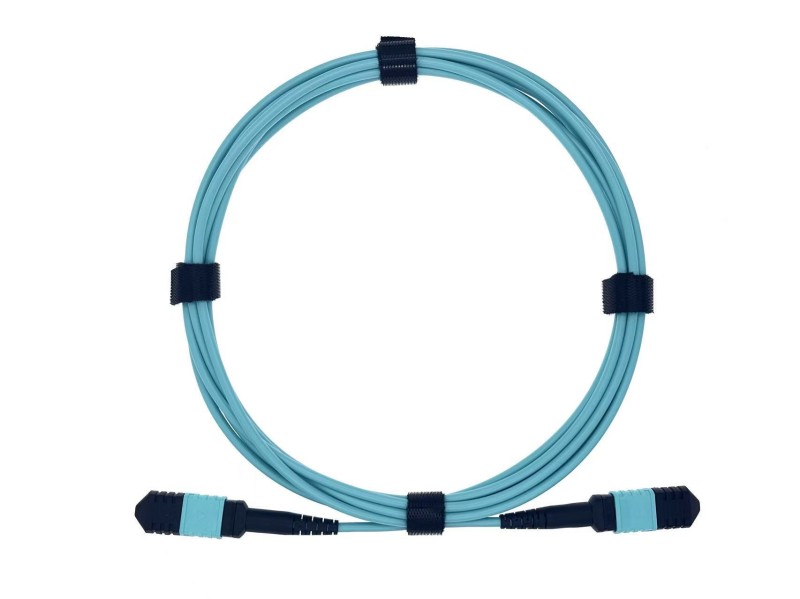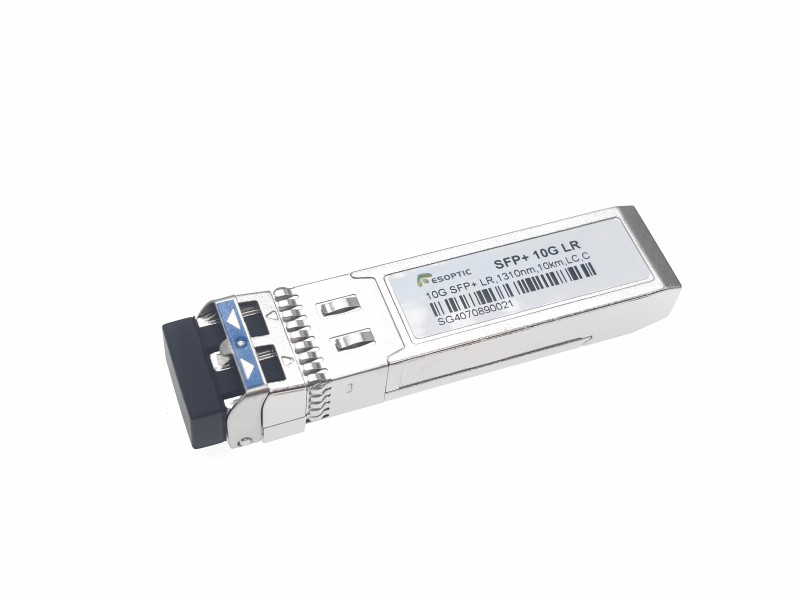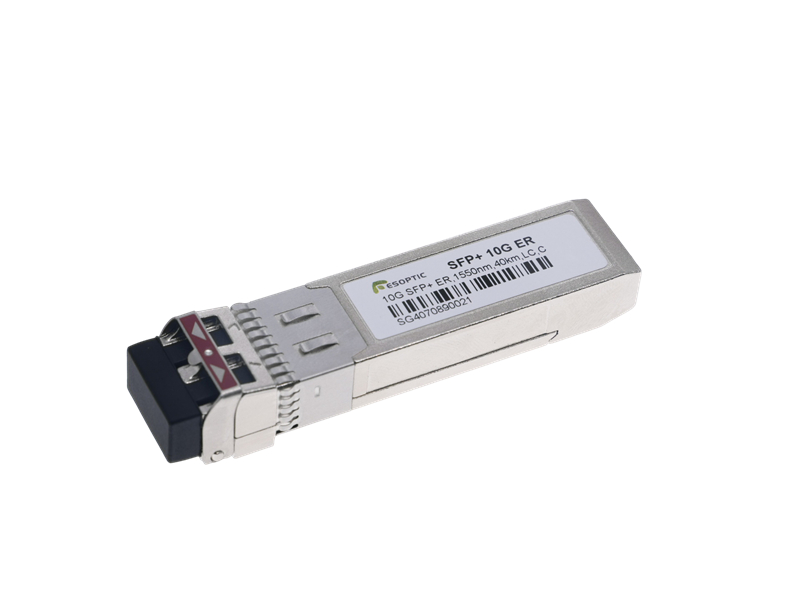When we talk about lasers in optical modules, we are really addressing the heart of every transceiver. Without the right laser, no amount of design optimization can deliver stable, high-speed performance. In today’s networks, several common lasers are widely used, each suited for different transmission distances and applications.
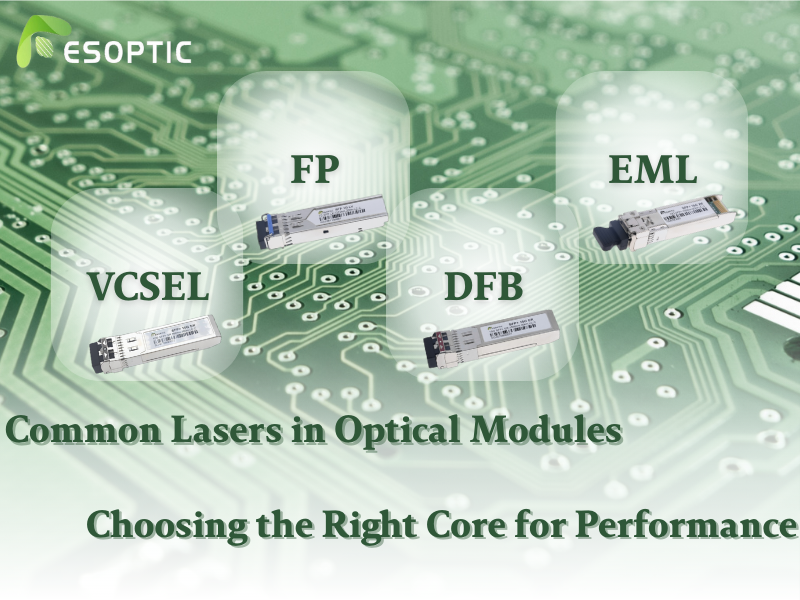
VCSEL (Vertical-Cavity Surface-Emitting Laser)
Among the most common lasers in optical modules for short-reach applications, VCSELs are widely used in 850nm modules like 10G SR and 25G SR. These lasers in optical modules are cost-effective, energy-efficient, and ideal for data centers with links under 300 meters.
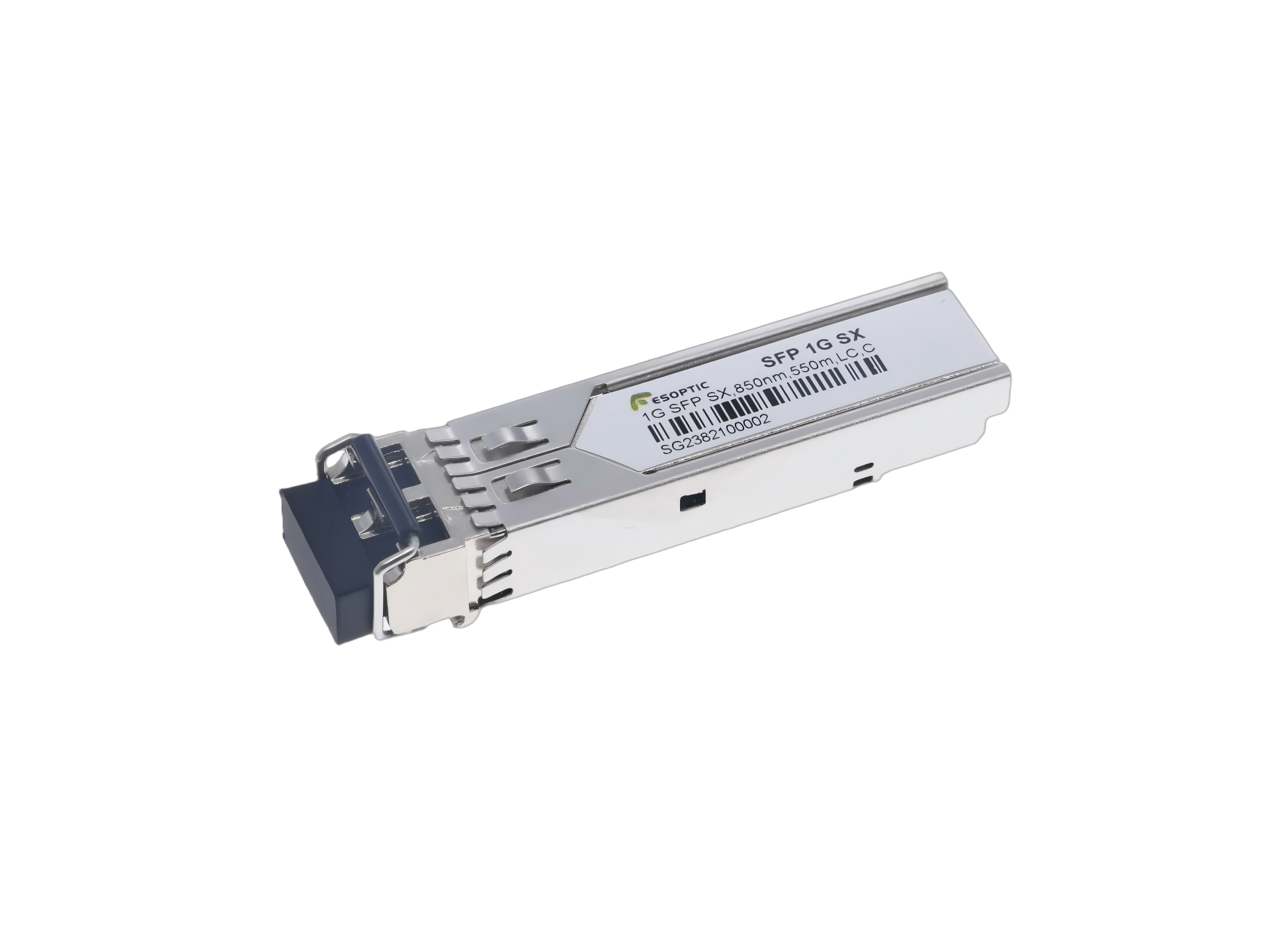
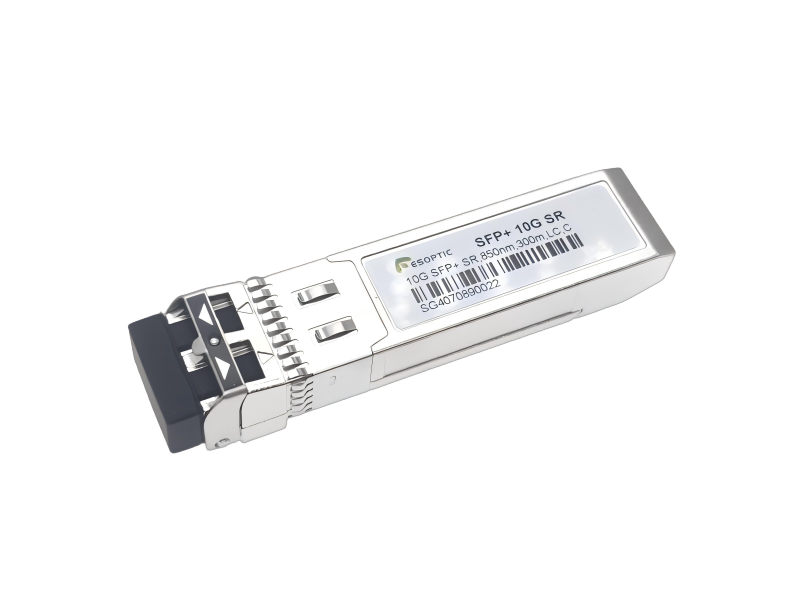
FP Laser (Fabry–Pérot Laser)
This type of laser is another member of the family of common lasers. FP lasers in optical modules are usually found in low-cost designs supporting short to medium distances, typically under 2 km. While not as precise as other types, they serve well in applications where cost and simplicity matter.
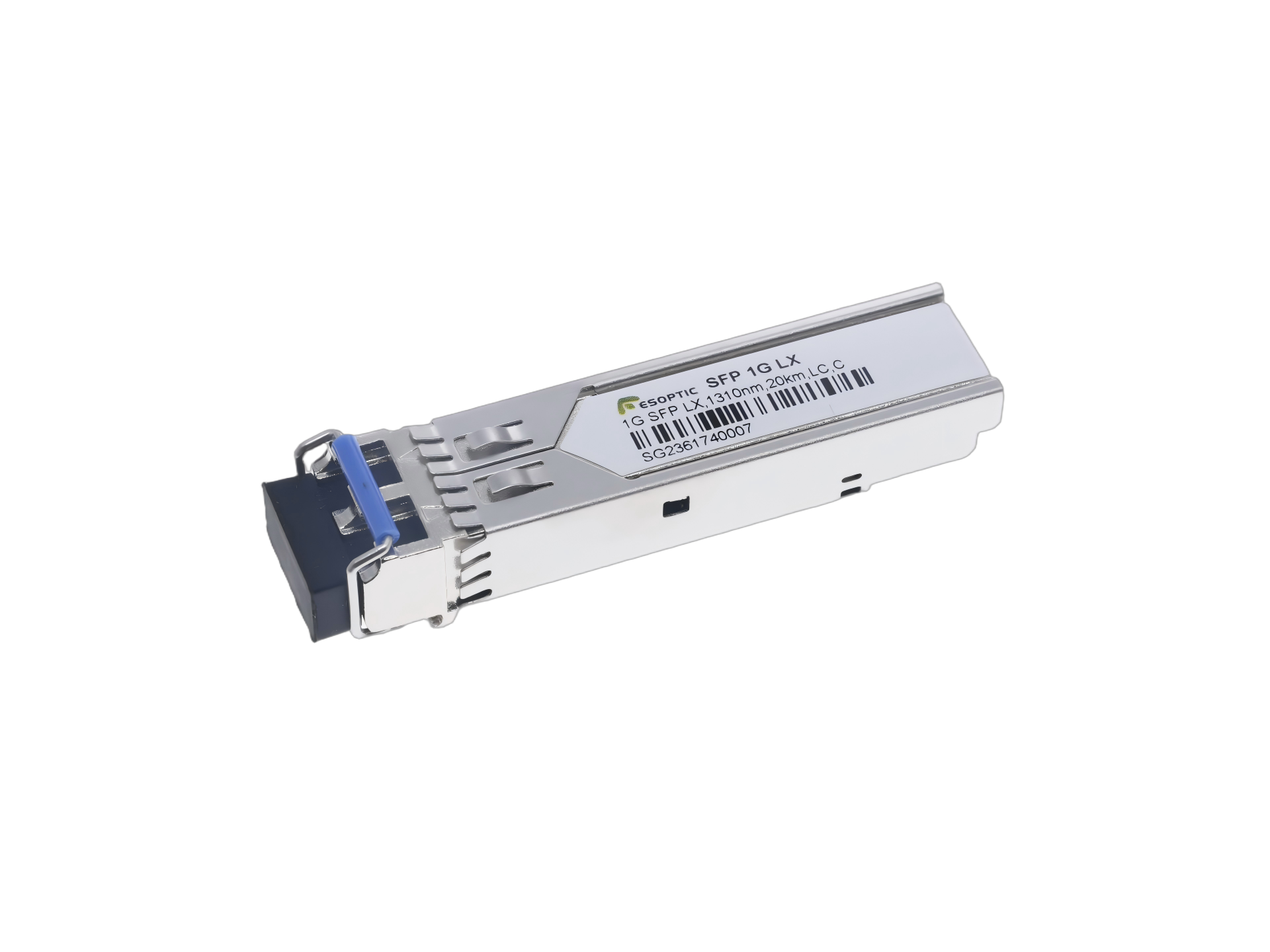
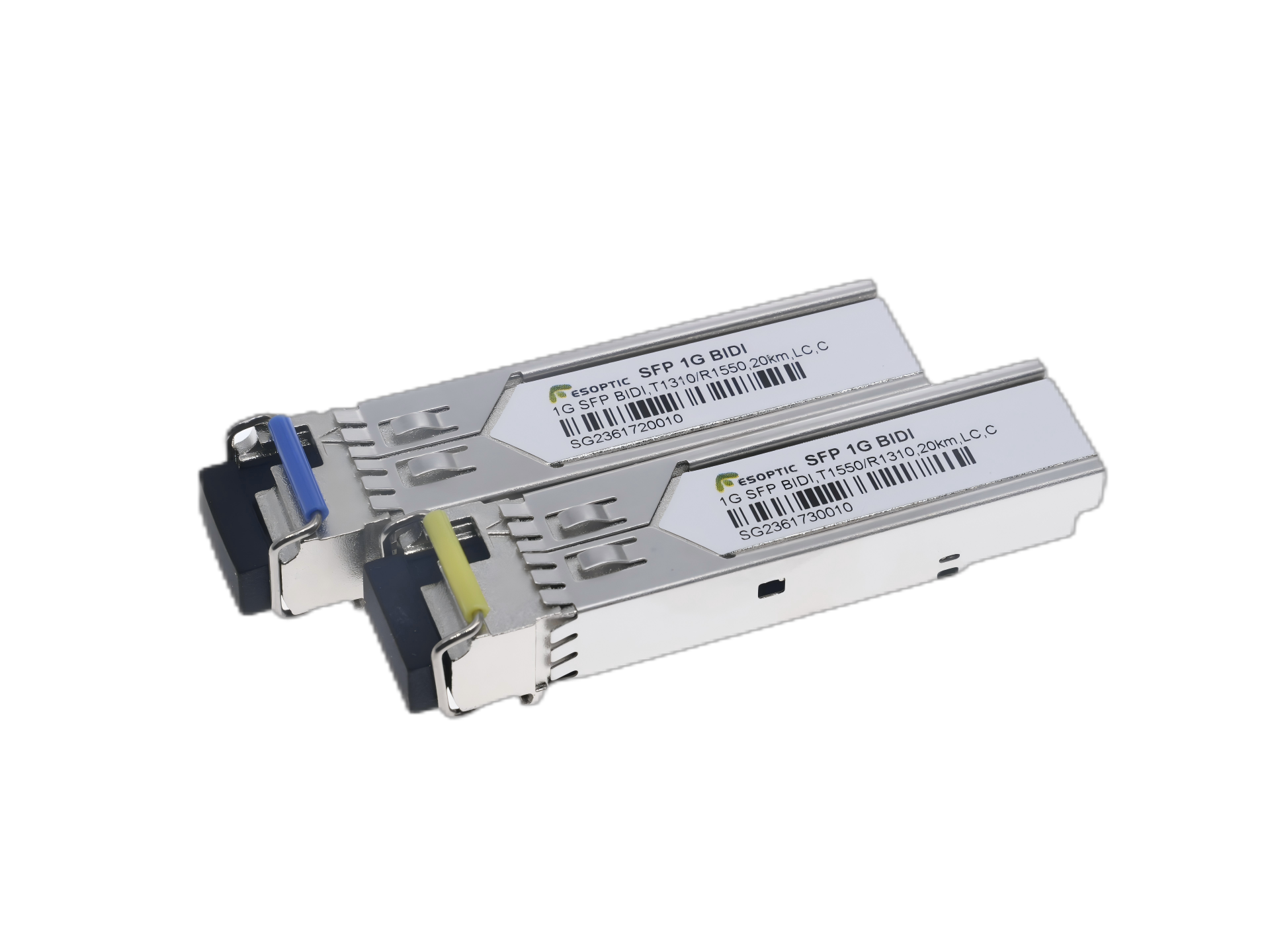
DFB Laser (Distributed Feedback Laser)
When longer distances are needed, DFB becomes the go-to. These lasers in optical modules provide stable wavelengths and narrow linewidths, making them indispensable in metro and access networks. DFB is one of the common lasers for 10 km and beyond, striking a balance between performance and affordability.
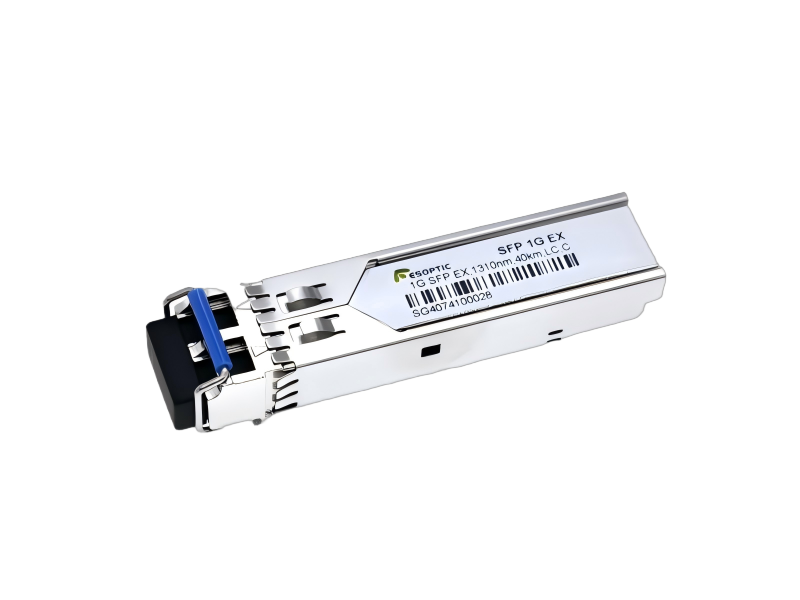
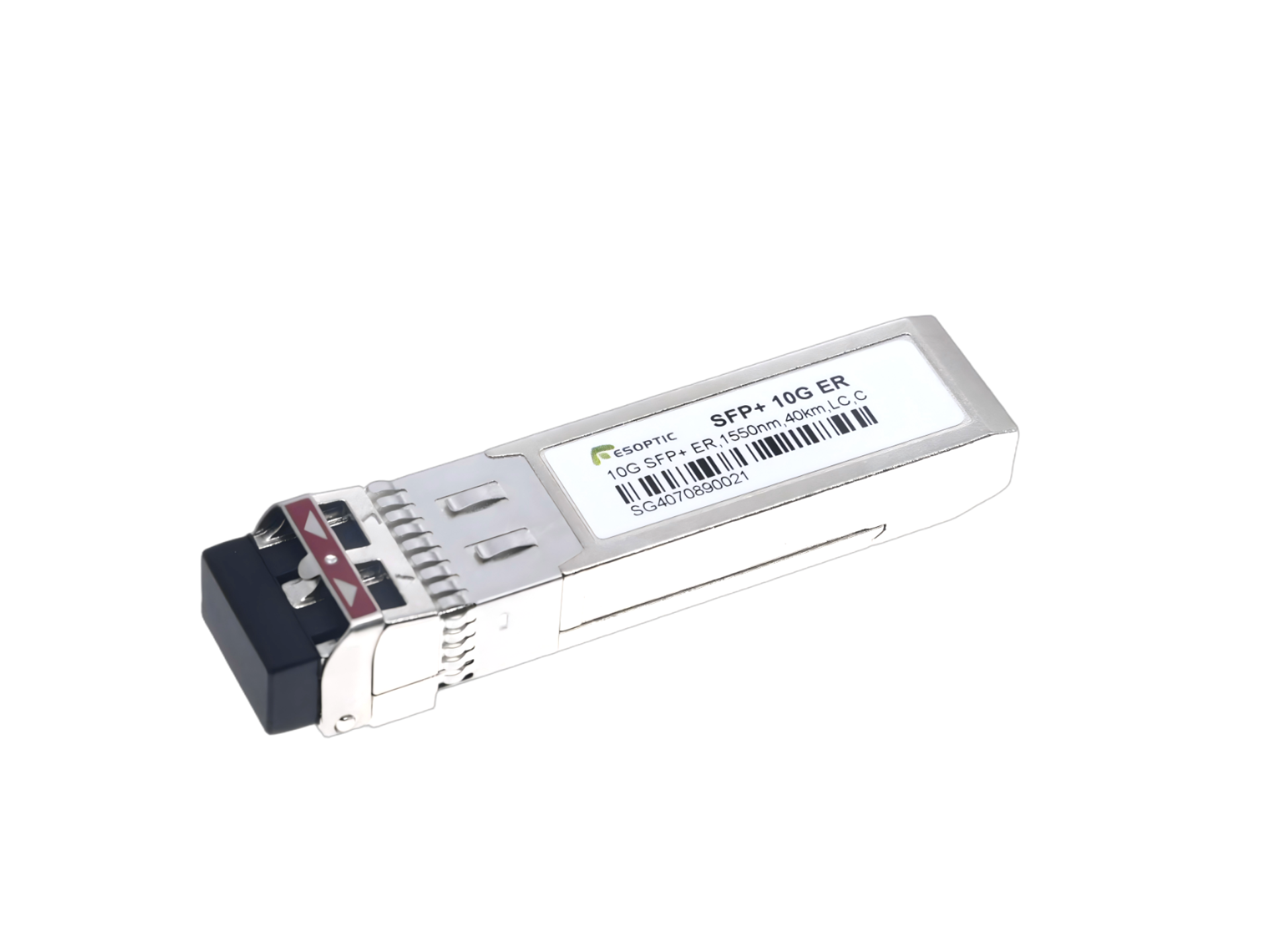
EML (Electro-Absorption Modulated Laser)
For high-speed and long-haul applications, EML is essential. These lasers in optical modules combine a DFB with an integrated modulator, delivering superior signal integrity even at 10G, 100G, or 400G rates. EML is not just another one of the common lasers; it is a workhorse in high-capacity backbone networks.
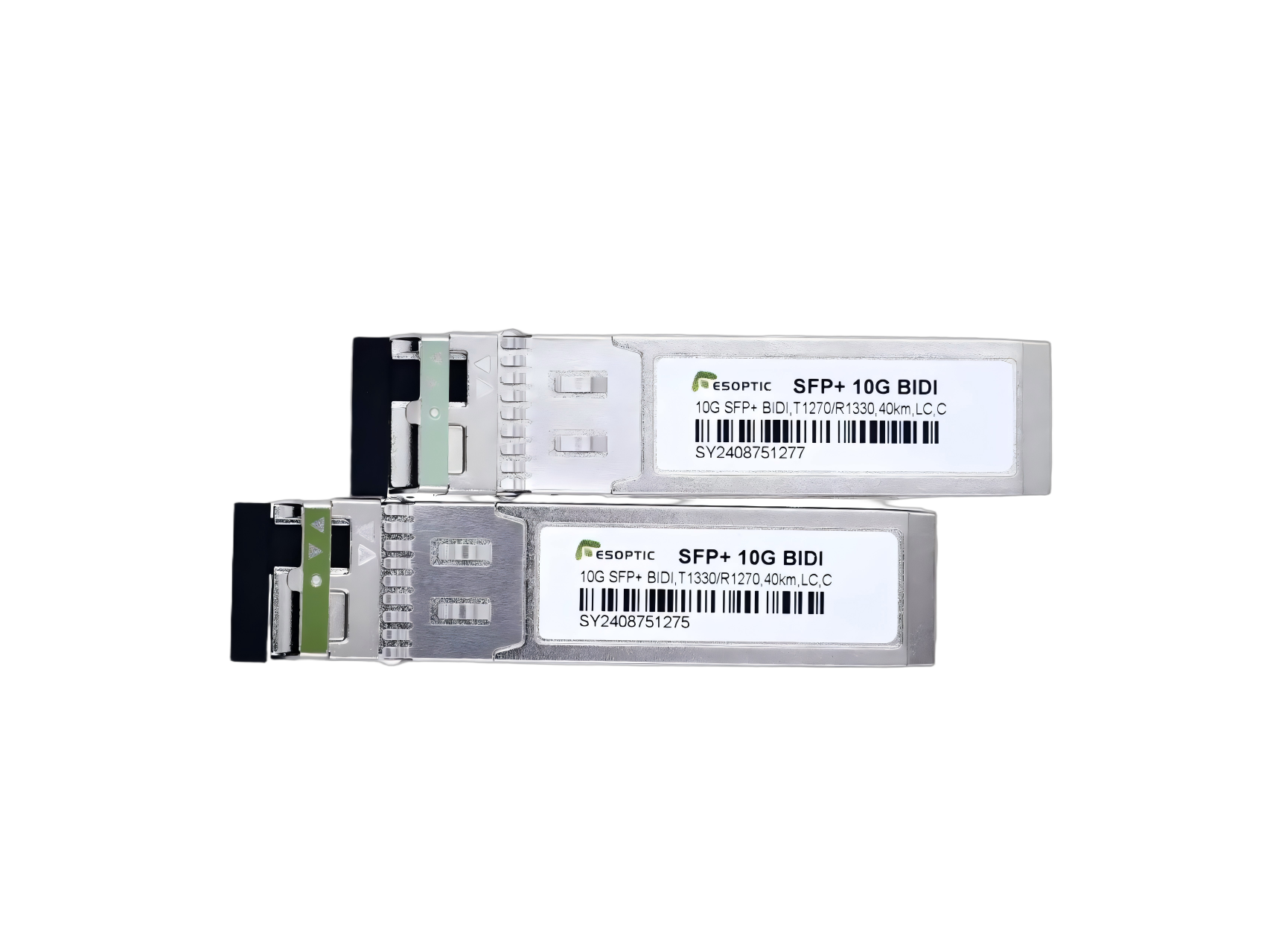
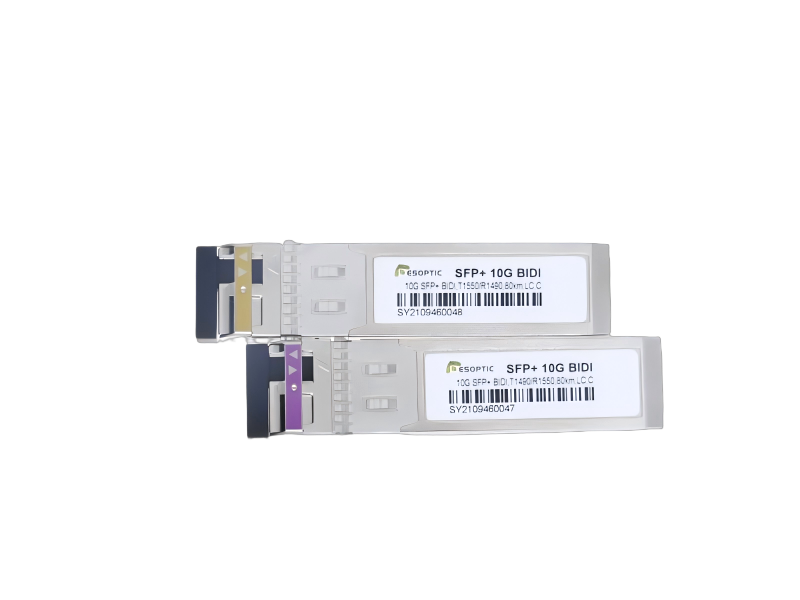
The ESOPTIC Advantage
At ESOPTIC, we select and integrate the right laser technology based on customer requirements. Whether using VCSELs for cost-sensitive data centers or EMLs for demanding long-haul networks, we ensure our optical modules provide the ideal balance of performance, reliability, and value. Instead of pushing one solution, ESOPTIC tailors lasers in optical modules to meet diverse deployment needs.
Conclusion
Understanding the common lasers used in optical modules is crucial for engineers. Each type of laser has its strengths, limitations, and applications. By recognizing these distinctions, operators can make informed choices for their networks. At ESOPTIC, our commitment is to deliver solutions that combine the best laser technology with rigorous quality control, ensuring every optical link is both efficient and reliable.
FAQ
1. What are the most common lasers in optical modules?
VCSEL, FP, DFB, and EML are the four main categories.
2. Why are VCSEL lasers in optical modules popular for data centers?
Because they are cost-effective and optimized for short-reach, high-volume applications.
3. How do DFB lasers in optical modules differ from FP lasers?
DFB provides more stable wavelengths and longer reach compared to FP.
4. Are EML lasers in optical modules necessary for 400G links?
Yes. EML is widely adopted in high-speed long-haul and backbone networks.
5. How does ESOPTIC choose the right laser for its optical modules?
By aligning customer requirements with application scenarios, ensuring reliability and cost-effectiveness.
